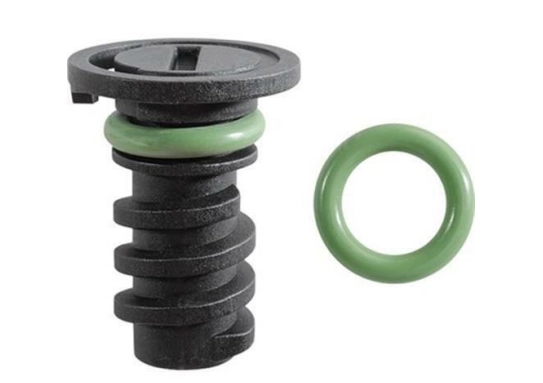shift shaft seal
Understanding Shift Shaft Seals Their Importance and Functionality
In the world of mechanical engineering and automotive design, seals play a critical role in ensuring the longevity and efficiency of machinery and vehicles. Among various types of seals, the shift shaft seal holds a significant position, particularly within transmission systems. This article delves into the definition, functionality, materials, and maintenance of shift shaft seals, highlighting their importance in automotive applications.
What is a Shift Shaft Seal?
A shift shaft seal is a specialized sealing component designed to prevent fluid leakage out of the transmission casing, specifically around the shift shaft. The shift shaft is integral to the transmission system, as it is responsible for channeling the movement of gears and ensuring smooth operation during shifting. The seal is situated at the point where the shift shaft exits the transmission housing, and it is essential for maintaining the integrity of the transmission fluid within the system.
Importance of Shift Shaft Seals
The primary function of a shift shaft seal is to prevent transmission fluid from leaking out. Transmission fluid plays a vital role in lubricating the internal components of the transmission, ensuring that they operate smoothly and efficiently. If a shift shaft seal fails, it can lead to several issues, including
1. Fluid Leakage A compromised seal will allow transmission fluid to escape, leading to reduced fluid levels. This can significantly affect the performance of the transmission and may result in overheating and eventual failure.
2. Contamination Along with preventing fluid loss, the shift shaft seal also protects the transmission's internal environment from dirt, debris, and moisture. A faulty seal can allow contaminants to enter, leading to wear and damage of internal components.
3. Increased Wear and Tear When the transmission runs low on fluid due to leakage, the components experience increased friction, which can lead to accelerated wear and potential breakdown.
Materials Used in Shift Shaft Seals
shift shaft seal

Shift shaft seals are typically constructed from robust materials that can withstand temperature fluctuations, pressure variations, and chemical exposure. Some commonly used materials include
- Rubber Various types of rubber, including nitrile and silicone, are frequently utilized in the production of shift shaft seals. Rubber offers good resistance to wear and can effectively handle the operating conditions within a transmission.
- Polyurethane This material is known for its durability and flexibility, making it suitable for applications that require dynamic movement.
- Viton An advanced fluorocarbon elastomer, Viton is capable of withstanding high temperatures and aggressive transmission fluids, making it ideal for high-performance applications.
Maintenance and Replacement
Regular maintenance of the transmission system can help prolong the life of the shift shaft seal. It is advisable to inspect the transmission fluid levels regularly and look for signs of leakage around the shift shaft area. If any fluid is spotted, it's essential to address the issue promptly to prevent further damage.
Replacing a failed shift shaft seal typically involves disassembling part of the transmission system. While this task can be complex and may require professional expertise, it is crucial to ensure that the new seal is installed correctly to prevent future leaks. It is also an opportune moment to inspect other components of the transmission for wear and tear and replace them as needed.
Conclusion
In summary, the shift shaft seal is a small yet vital component of the transmission system that plays a crucial role in preventing fluid leakage and protecting the internal workings of the transmission. Understanding its functionality, the materials used in its construction, and the importance of regular maintenance can help vehicle owners ensure the longevity and efficiency of their transmission systems. As with many mechanical components, proactive care and attention can prevent minor issues from leading to major repairs, ultimately saving time and resources in the long run. Properly functioning shift shaft seals contribute to a smoother driving experience and better overall vehicle performance.
-
Understanding Polaris Front Differentials: Key Components for Off-Road Performance
News Jun.20,2025
-
Understanding Crankshaft Seals and Gaskets: Essential Components for Engine Longevity
News Jun.20,2025
-
Understanding Crankshaft Oil Seals: Vital Protection for Engine Performance
News Jun.20,2025
-
The Vital Role of Front and Rear Crankshaft Seals in Engine Protection
News Jun.20,2025
-
Rear Crankshaft Seals: Protecting Your Engine from the Back End
News Jun.20,2025
-
Crank Oil Seals: What They Do, How They Fail, and What They Cost
News Jun.20,2025
-
Understanding Oil Crush Washers: A Small Component with a Big Role in Vehicle Maintenance
News Jun.19,2025
Products categories















